Home>Articles>How To Pulse Food Without A Food Processor Or Blender
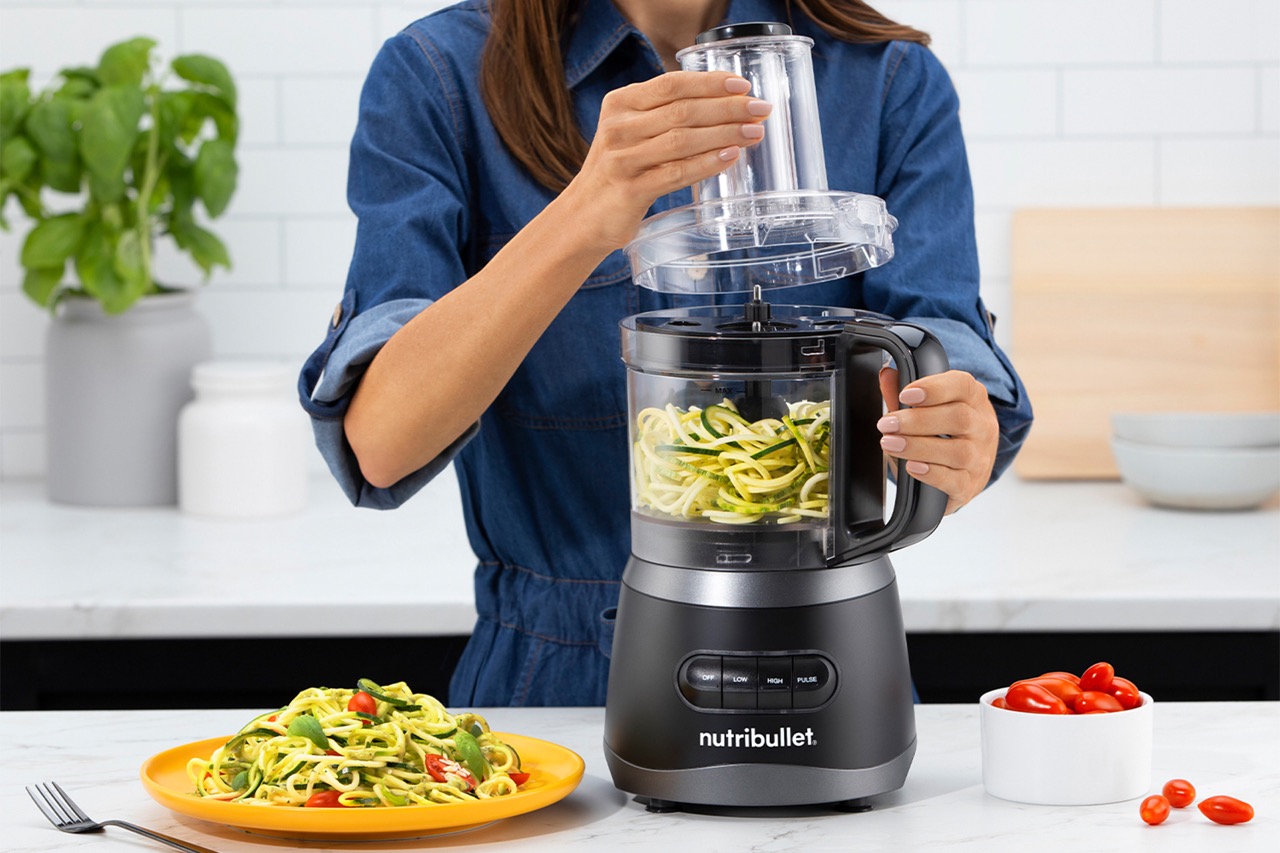

Articles
How To Pulse Food Without A Food Processor Or Blender
Modified: December 6, 2023
Learn how to pulse food without a food processor or blender with these helpful articles. Discover alternative techniques for achieving the perfect texture and consistency.
(Many of the links in this article redirect to a specific reviewed product. Your purchase of these products through affiliate links helps to generate commission for Storables.com, at no extra cost. Learn more)
Introduction
When it comes to preparing delicious homemade meals, having the right kitchen tools can make a world of difference. But what do you do when you don’t have a food processor or blender on hand? Don’t worry, there’s no need to let that stop you from pulsing your ingredients to perfection! In this article, we’ll explore six alternative methods for pulsing food without a food processor or blender.
Whether you’re in a pinch or just looking for a more hands-on approach to cooking, these techniques will allow you to achieve the same results as if you were using a machine. So, let’s dive in and discover how to get those ingredients perfectly pulsed!
Key Takeaways:
- Embrace the hands-on approach to pulsing food without a food processor or blender using methods like mortar and pestle, chopping with a knife, and grating for personalized culinary creations.
- Connect with your ingredients and add a personal touch to your cooking by using alternative methods like using a fork, mashing with a potato masher, and crushing with a rolling pin. Enjoy the satisfaction of pulsing ingredients by hand!
Read more: How To Puree Without A Food Processor
Option 1: Using a Mortar and Pestle
A mortar and pestle is a versatile tool that has been used for centuries to grind and crush ingredients. It’s a great alternative to a food processor or blender, especially when you want to create finely pulsed ingredients.
To use a mortar and pestle, start by adding small portions of your ingredients into the mortar. Hold the pestle upright and use a gentle pounding motion to break down the ingredients. As you continue to pound, gradually increase the force and speed to achieve your desired consistency.
Mortar and pestle are particularly effective for dry ingredients like spices, herbs, and nuts. The rough surface of the mortar helps to break down the ingredients, releasing their flavors and aromas. However, keep in mind that using a mortar and pestle can be time-consuming, especially when dealing with larger quantities of food.
Remember to choose a mortar and pestle made of a sturdy material, such as granite or marble, to ensure durability and effective pulsing. Additionally, it’s important to clean the mortar and pestle thoroughly after each use to prevent any lingering flavors or cross-contamination.
Overall, using a mortar and pestle is a great option when you don’t have access to a food processor or blender. It allows you to control the texture of your ingredients and provides a more hands-on cooking experience.
Option 2: Chopping with a Knife
If you don’t have a food processor or blender, one of the simplest and most accessible ways to pulse food is by chopping it with a knife. This method is ideal for ingredients that require a coarser texture, such as vegetables or fruits.
To chop with a knife, start by selecting a sharp knife suitable for the ingredients you’re working with. Ensure that the knife is comfortable to hold and has a good grip. Then, place your ingredient onto a sturdy cutting board.
Begin by cutting your ingredient into smaller pieces to make it more manageable. Use a rocking motion with the knife, moving it back and forth while applying gentle pressure, to finely chop the ingredient. Continue the motion until you achieve the desired texture. For a finer pulse, simply chop the ingredient for a longer duration.
It’s important to maintain a steady and controlled chopping technique to prevent uneven results. Take your time and focus on cutting the ingredient as evenly as possible for consistent pulses.
While chopping with a knife may take a bit more effort and time compared to using a food processor or blender, it allows you to have full control over the texture of your ingredients. Plus, it’s a great opportunity to practice and improve your knife skills in the kitchen!
After chopping, make sure to gather the minced ingredients and transfer them to a bowl. You can repeat the chopping process if necessary to achieve a finer pulse. Remember to clean and sharpen your knife regularly to maintain its effectiveness and safety.
All in all, chopping with a knife is a versatile and accessible method for pulsing food without a food processor or blender. It gives you the freedom to customize the texture of your ingredients and adds a personal touch to your culinary creations.
Option 3: Using a Fork
Believe it or not, a simple fork can be a handy tool when it comes to pulsing food without a food processor or blender. This method is suitable for softer ingredients that require a more delicate pulse, such as boiled potatoes or cooked beans.
To use a fork for pulsing, start by placing your ingredient in a bowl or on a plate. Hold the fork firmly in one hand and press the tines into the ingredient. Use a twisting or mashing motion to break down the ingredient into smaller pieces. Continue this motion until you achieve the desired texture.
The advantage of using a fork is that it allows you to control the pulsing process more effectively. You can easily adjust the pressure and intensity based on the consistency you want to achieve. If you prefer a smoother texture, continue mashing and twisting the fork until you get the desired result.
However, it’s important to note that using a fork for pulsing can be time-consuming, especially when dealing with larger quantities of food. Additionally, it may not be suitable for all types of ingredients. Softer and cooked foods tend to work best with this method.
After pulsing with a fork, transfer the ingredients to a bowl or container and continue with your recipe. Make sure to clean the fork thoroughly after use to prevent any cross-contamination or lingering flavors.
Using a fork for pulsing offers a hands-on approach that allows you to control the texture of your ingredients without the need for a food processor or blender. It’s a simple yet effective method that can come in handy in a pinch!
Use a mortar and pestle to pulse food without a food processor or blender. Simply place the food in the mortar and use the pestle to crush and grind it into the desired consistency.
Option 4: Mashing with a Potato Masher
A potato masher is a kitchen tool primarily used for mashing cooked potatoes, but it can also be utilized for pulsing other ingredients without a food processor or blender. This method is perfect for creating a smoother texture, such as mashed vegetables, fruits, or beans.
To pulse with a potato masher, place your cooked or softened ingredient in a bowl. Hold the handle of the potato masher and press it down into the ingredient, applying downward force while twisting the masher gently. Repeat this motion until the ingredient reaches the desired consistency.
A potato masher is designed with a grid-like pattern of small holes that helps to break down the ingredient effectively. The larger the holes on the masher, the coarser the result will be. For a finer pulse, choose a potato masher with smaller holes.
When using a potato masher, it’s essential to use a bit of arm strength and control the pressure to achieve consistent results. Be careful not to mash too vigorously, as it may overwork the ingredient and produce a gummy texture.
After pulsing with a potato masher, transfer the ingredients to a bowl or container and proceed with your recipe. Clean the potato masher thoroughly using warm, soapy water to avoid any contamination or lingering flavors.
Using a potato masher to pulse ingredients is a convenient and efficient alternative to a food processor or blender. It allows you to control the texture and adds a homemade touch to your dishes. Plus, it’s an excellent tool for making mashed potatoes, so it’s worth having in your kitchen arsenal!
Read more: How To Make Pesto Without A Food Processor
Option 5: Grating
Grating is a method that can be used to pulse ingredients without a food processor or blender, especially when working with harder ingredients such as cheese, vegetables, or fruits. It helps create fine, shredded, or grated textures that can add a unique touch to your recipes.
To grate ingredients, start by selecting a grater that suits the texture you want to achieve. A box grater or a handheld grater with various-sized grating holes can be used depending on the desired result.
Hold the grater firmly on a stable surface or over a bowl. Take the ingredient and run it along the grating surface, applying gentle pressure. Move the ingredient back and forth across the grater, keeping your fingers away from the sharp edges, until you reach the desired texture.
Grating is an effective method for creating fine textures, but it’s important to be cautious and watch your fingers to avoid accidental cuts. Take your time and grate the ingredient evenly to ensure consistent results.
After grating, transfer the ingredients to a bowl or container and use them according to your recipe. When you’re finished, remember to clean the grater thoroughly with warm, soapy water to remove any leftover food particles.
Grating is not only a great way to pulse ingredients without a food processor or blender, but it also adds a unique texture and flavor to your dishes. Whether you’re grating cheese for a savory dish or grating vegetables to incorporate into a salad, this method is versatile and easy to use.
Option 6: Crushing with a Rolling Pin
If you don’t have a food processor or blender, another effective method for pulsing ingredients is using a rolling pin. This technique is particularly useful for crushing dry ingredients like biscuits, crackers, or nuts.
To crush with a rolling pin, place your ingredient inside a sturdy plastic bag or wrap it in a clean kitchen towel. Make sure the bag or towel is secure and won’t allow the ingredient to escape while crushing.
Once your ingredient is securely wrapped, lay it on a flat surface. Use a rolling pin to roll over the bag or towel, applying even pressure to crush the ingredient. Roll the pin back and forth until you achieve the desired texture.
During this process, it’s important to use controlled force and observe the ingredient through the bag or towel to ensure the desired consistency is reached. If needed, you can reposition the bag or towel and continue rolling until the ingredient is thoroughly crushed.
After crushing with a rolling pin, carefully open the bag or remove the towel and transfer the crushed ingredients to a bowl or container. Clean the rolling pin with warm, soapy water to remove any residue.
Using a rolling pin to crush ingredients provides a hands-on and effective way to achieve the desired texture without a food processor or blender. It’s a versatile method that can be applied to various types of dry ingredients, helping you add a delightful, crumbled element to your recipes.
Conclusion
As you can see, there are plenty of alternative methods for pulsing food without a food processor or blender. Whether you’re in a pinch or looking to add a more hands-on touch to your cooking, these techniques offer practical solutions to achieve the desired texture and consistency of your ingredients.
Using a mortar and pestle allows you to create finely pulsed ingredients, especially for dry ingredients like spices and nuts. Chopping with a knife gives you full control over the texture, particularly suitable for vegetables and fruits. Using a fork offers a delicate pulse for softer ingredients, while mashing with a potato masher ensures a smoother consistency.
Grating is an effective method for achieving fine, shredded textures, ideal for cheese, vegetables, and fruits. Lastly, crushing with a rolling pin is great for crushing dry ingredients like biscuits or crackers.
Each method has its own unique advantages and can bring a personalized touch to your culinary creations. While these techniques may require a bit more time and effort compared to using a machine, they allow you to connect with your food and add your own flair to the cooking process.
Remember, it’s important to choose the method that best suits the type of ingredient you’re working with and the desired outcome. Experimentation and practice will help you develop your skills and determine which method works best for different ingredients and recipes.
So, don’t let the absence of a food processor or blender hold you back. Embrace these alternative methods and enjoy the satisfaction of pulsing your ingredients by hand. Happy cooking!
Frequently Asked Questions about How To Pulse Food Without A Food Processor Or Blender
Was this page helpful?
At Storables.com, we guarantee accurate and reliable information. Our content, validated by Expert Board Contributors, is crafted following stringent Editorial Policies. We're committed to providing you with well-researched, expert-backed insights for all your informational needs.
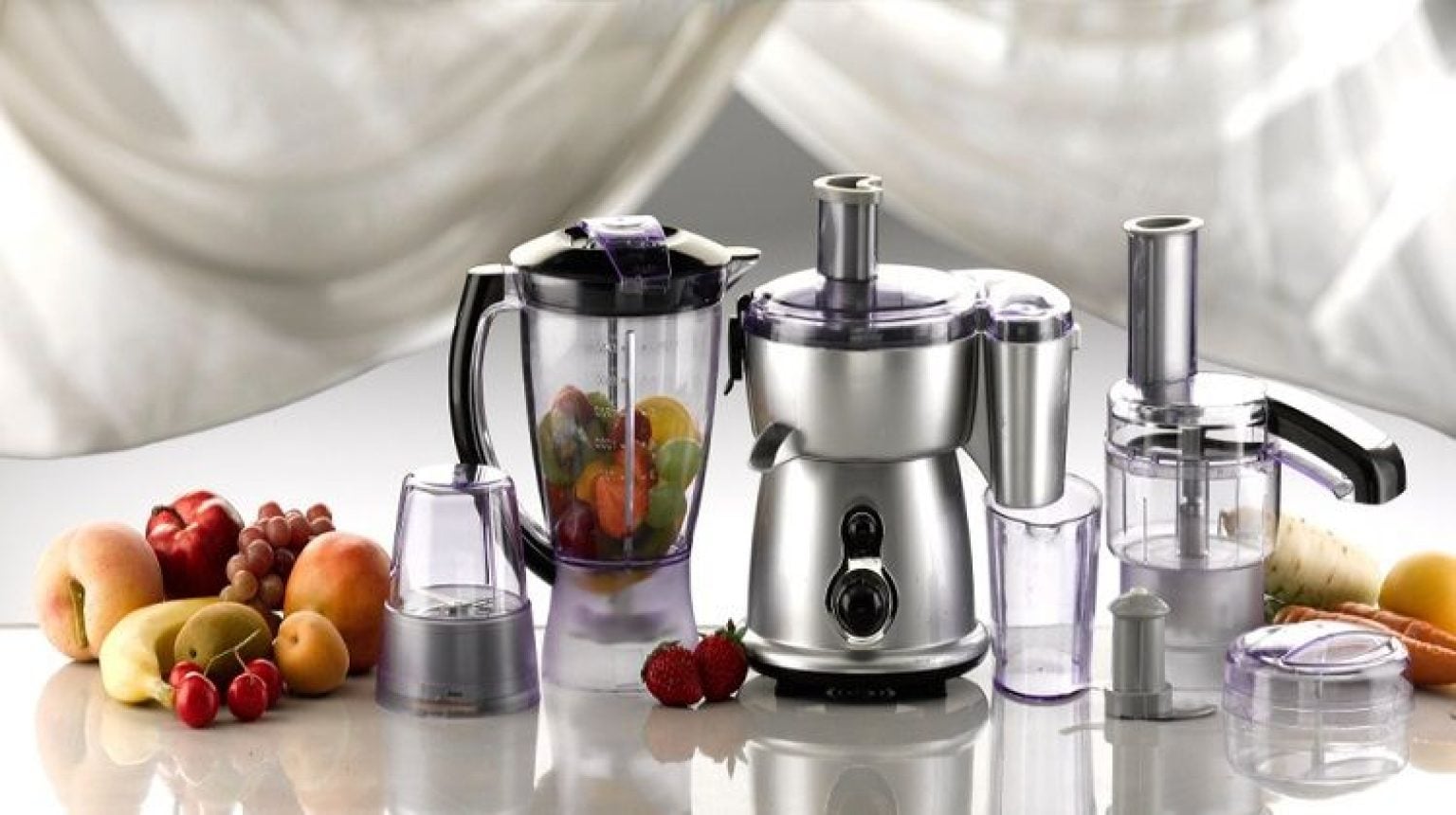
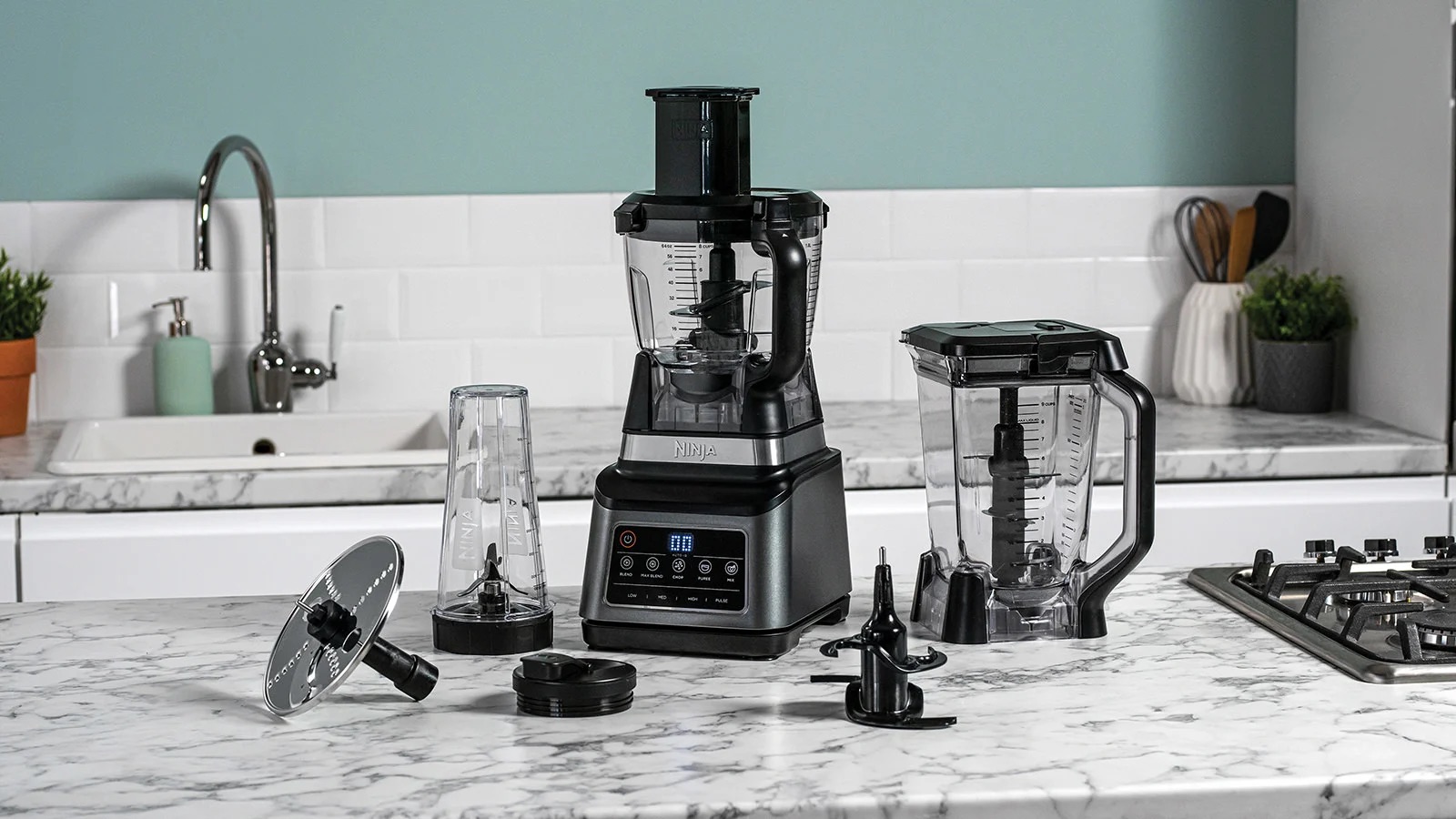
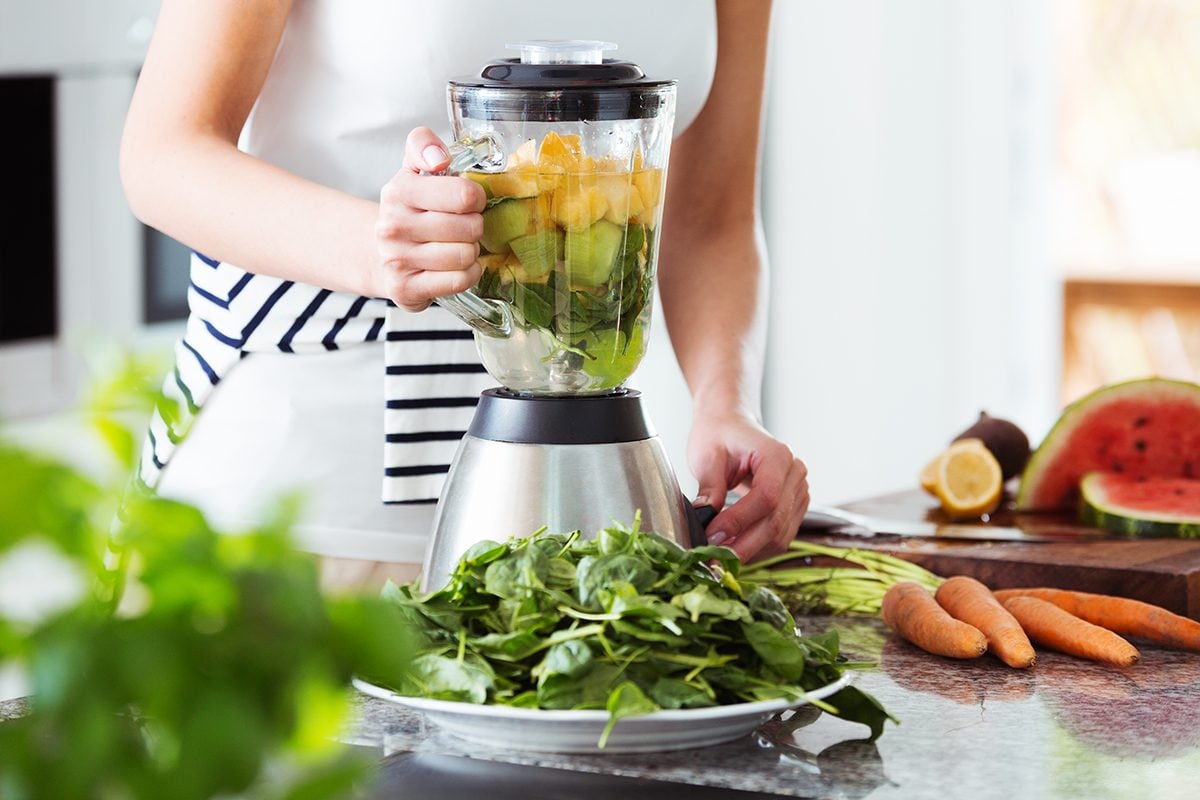
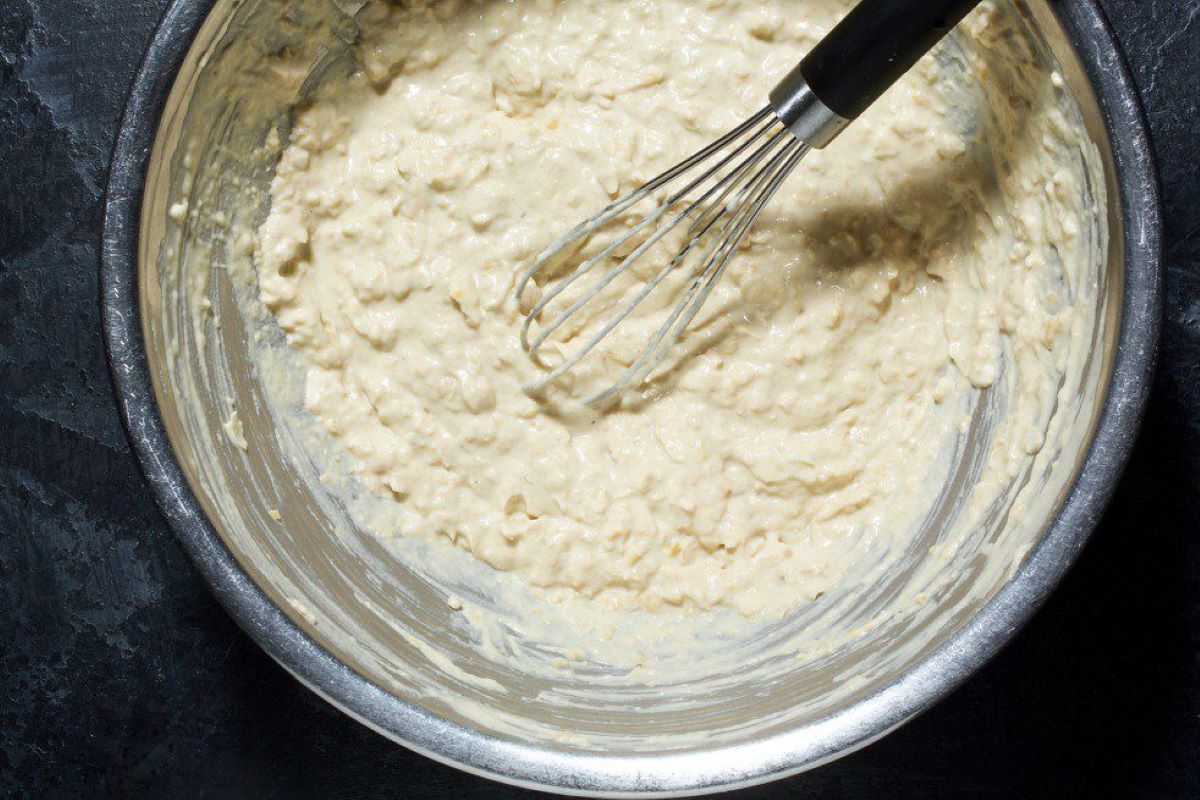
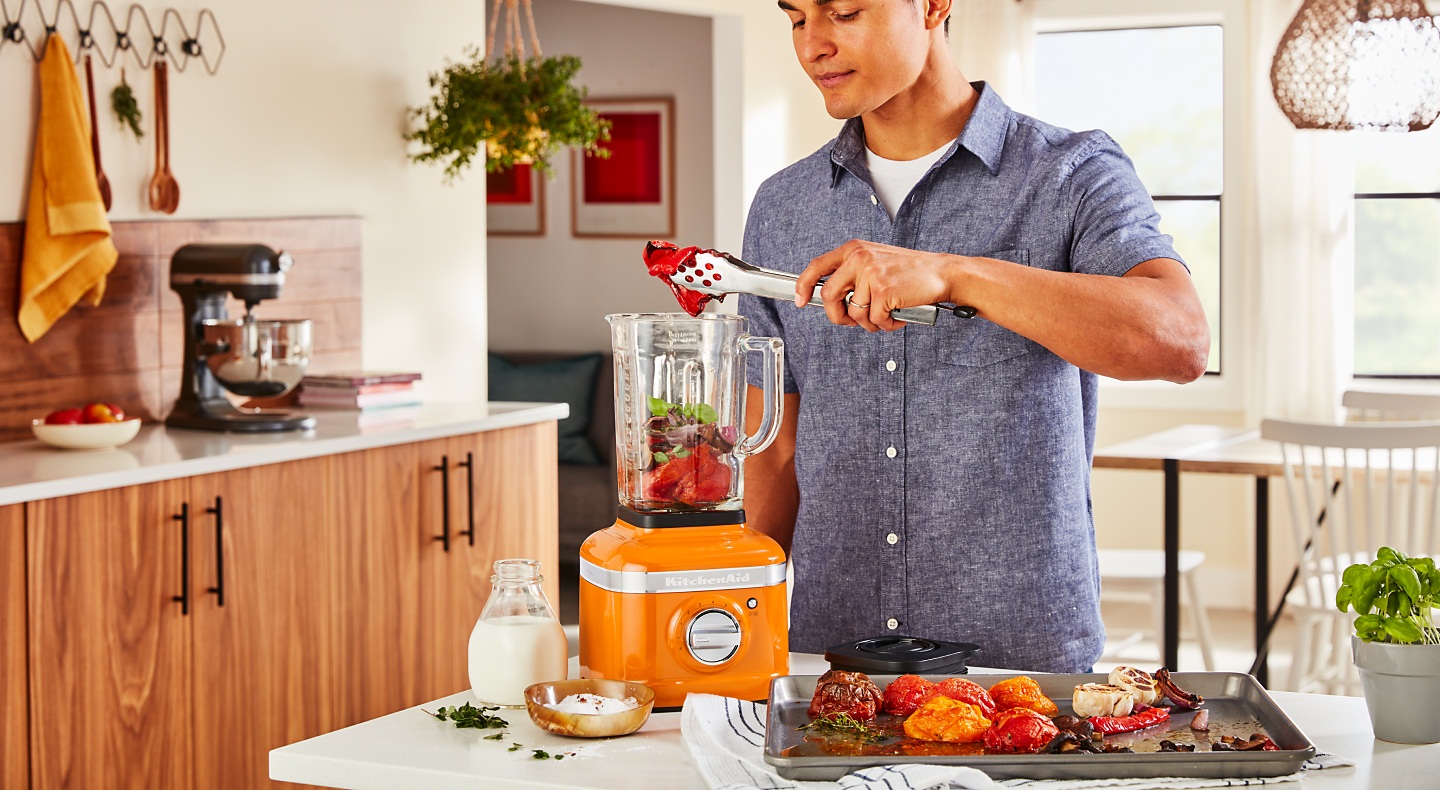
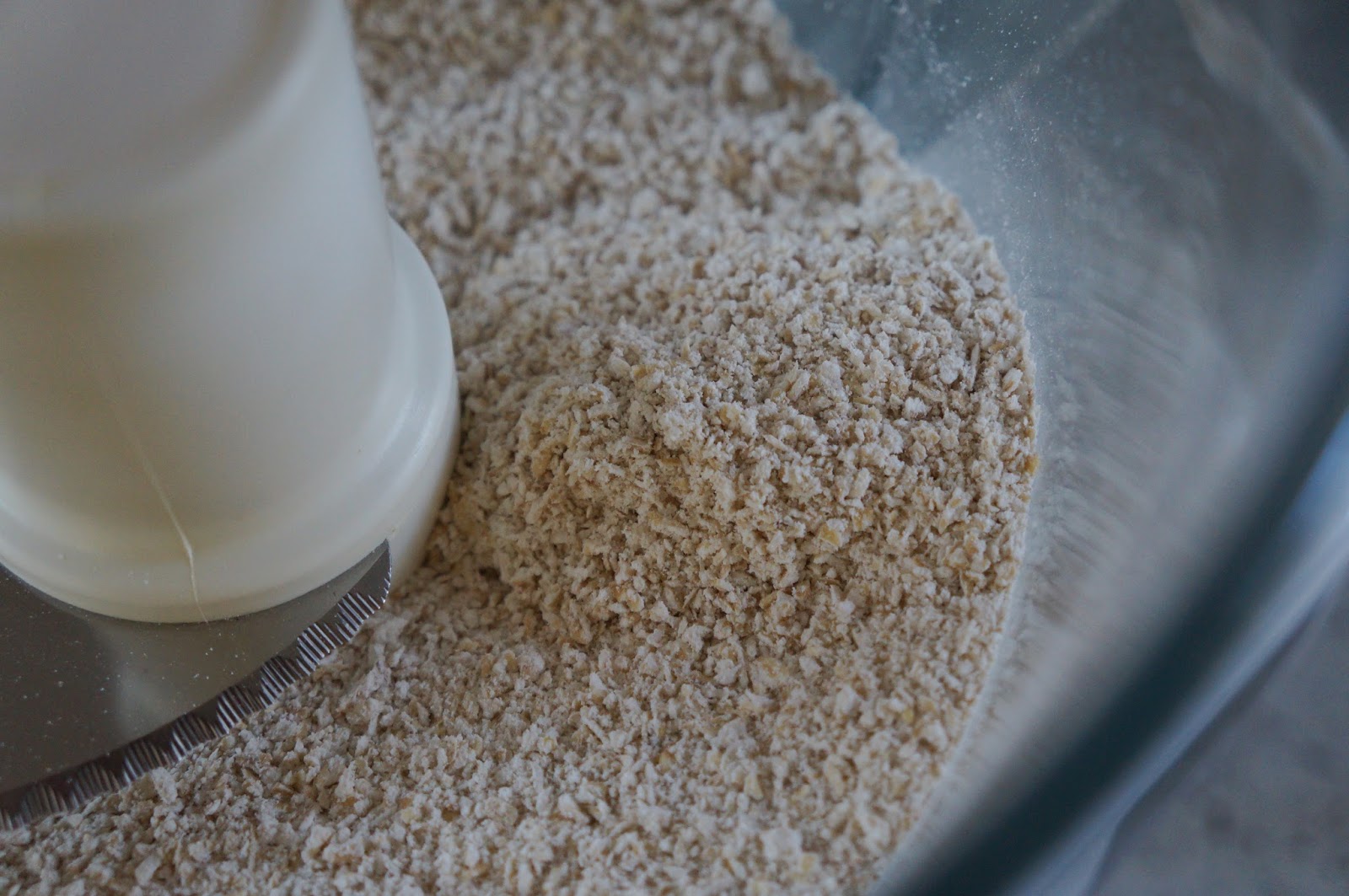
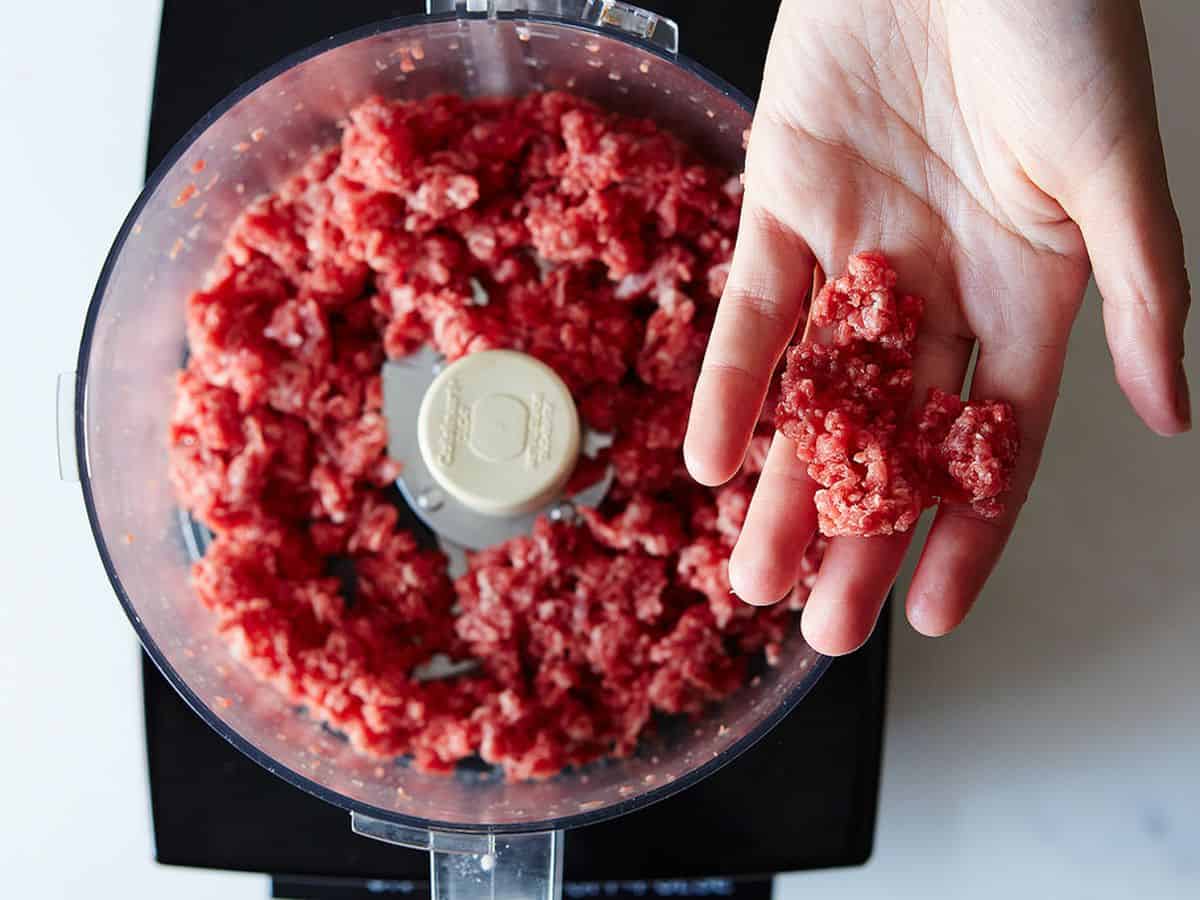
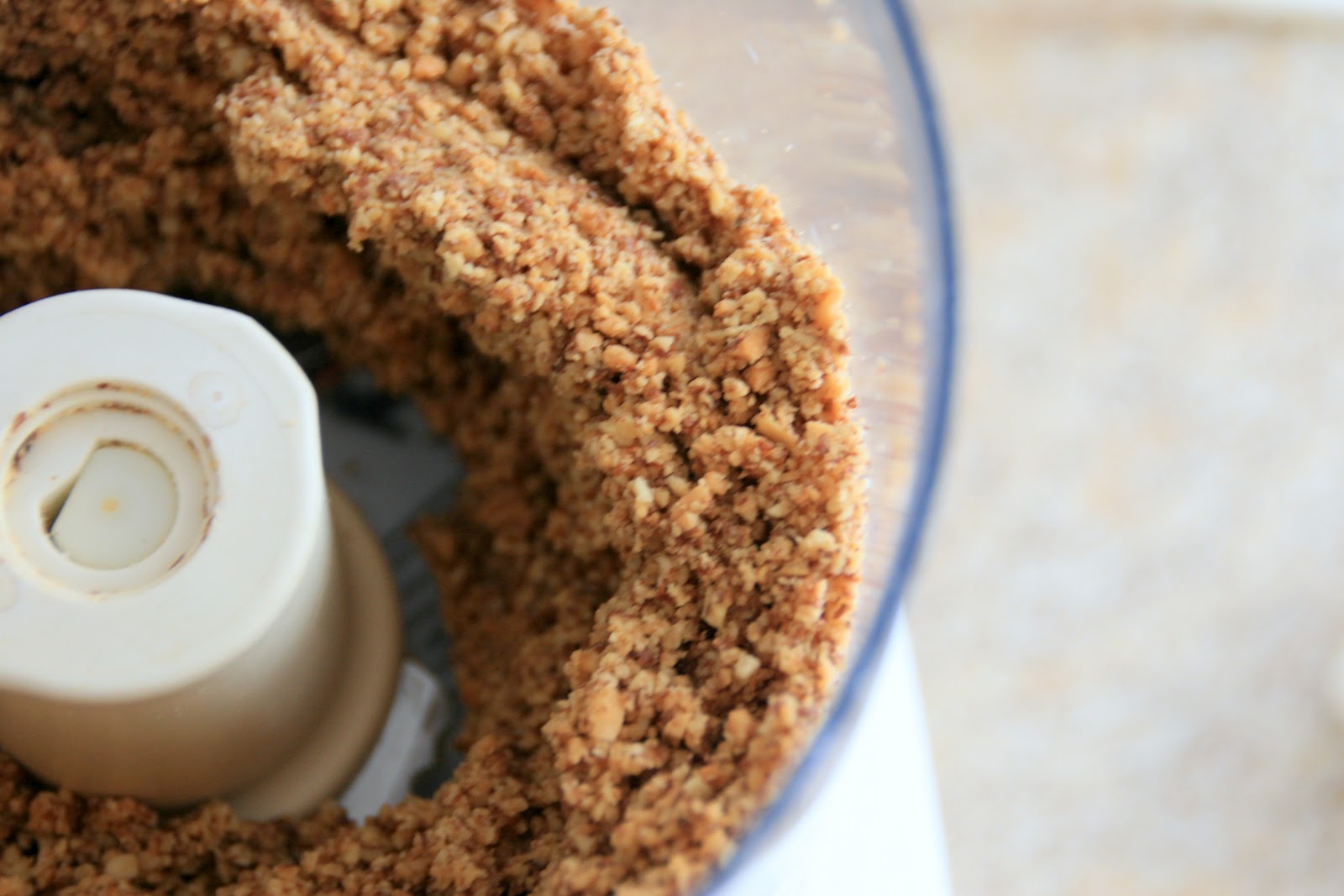
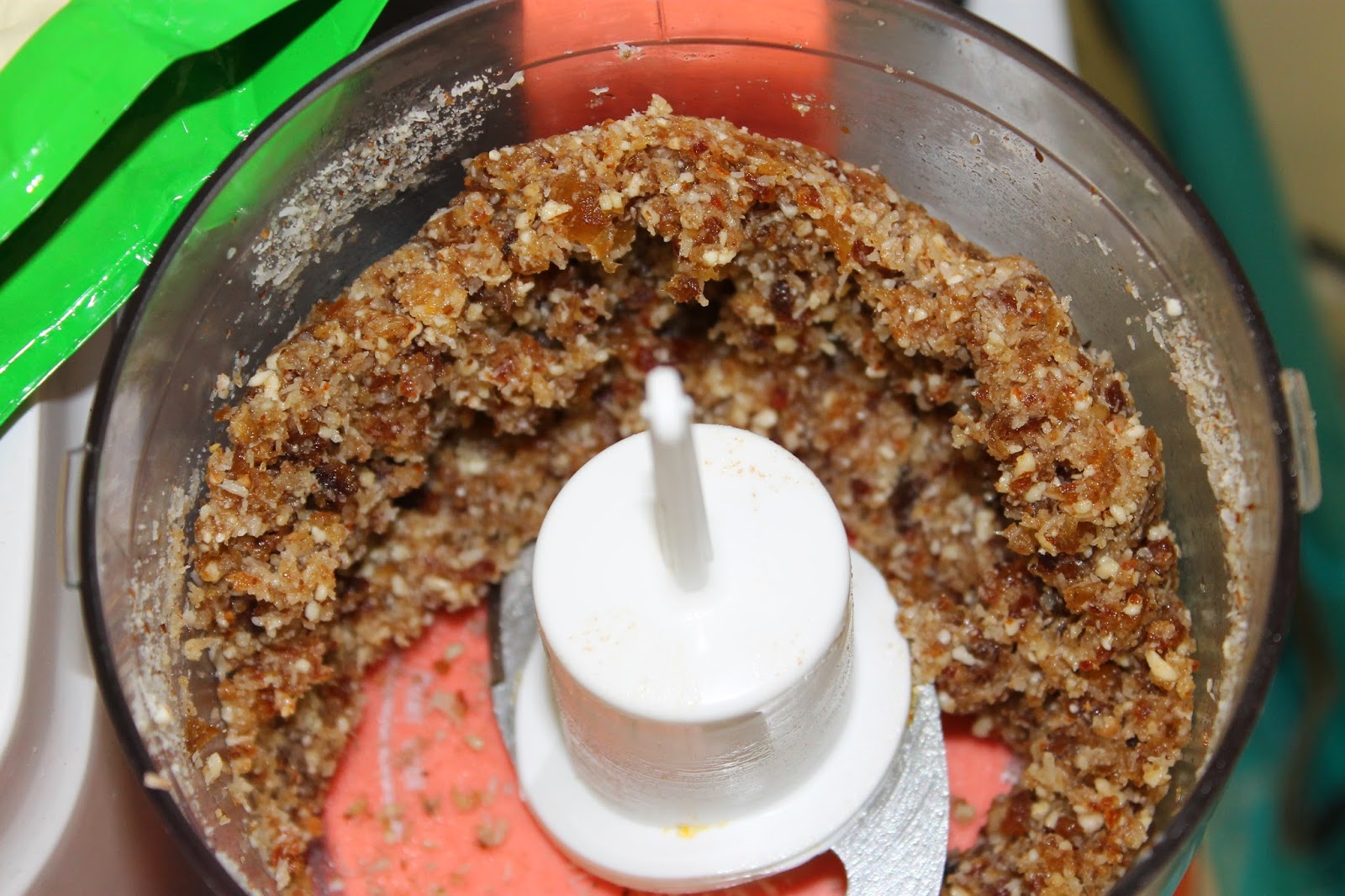
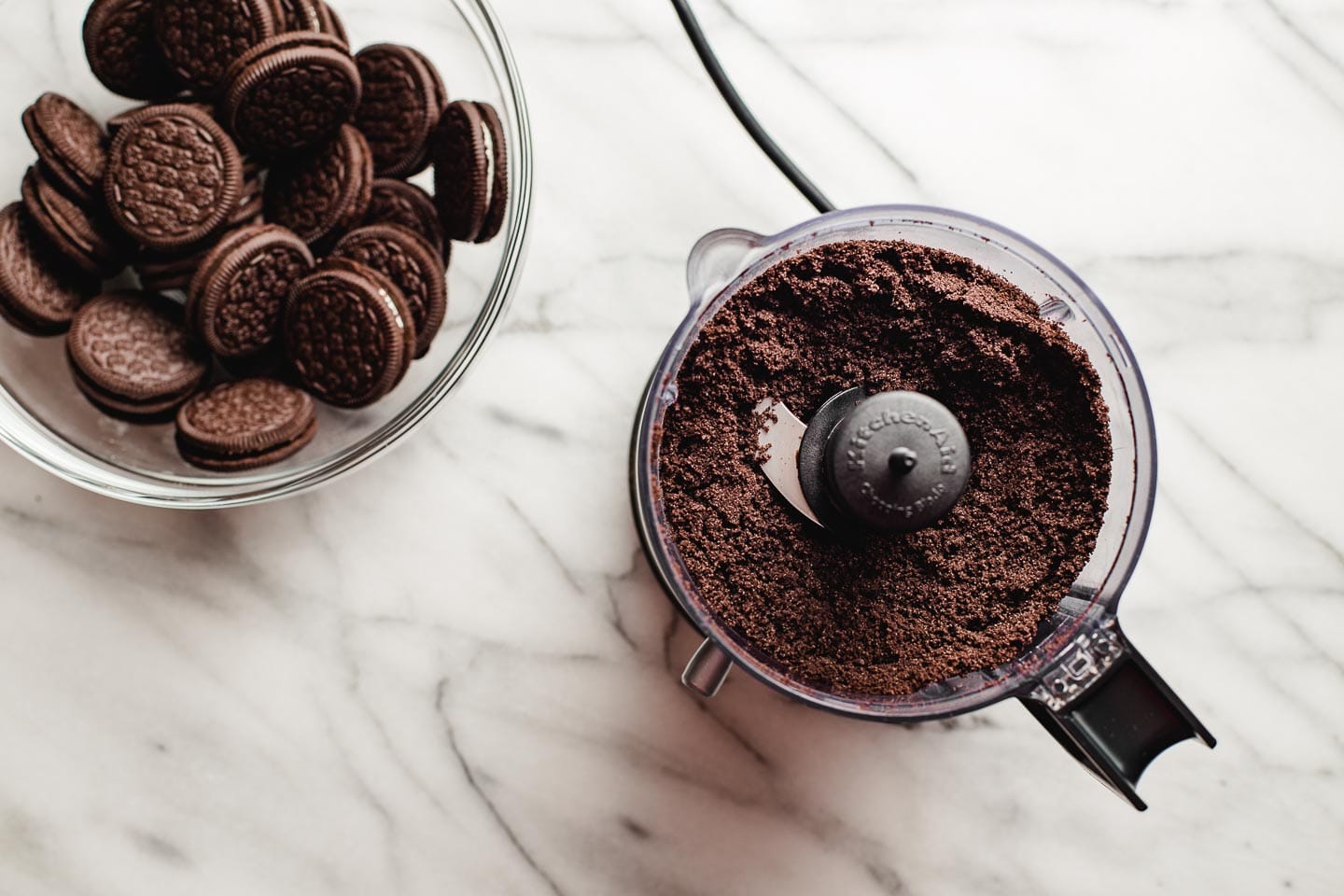
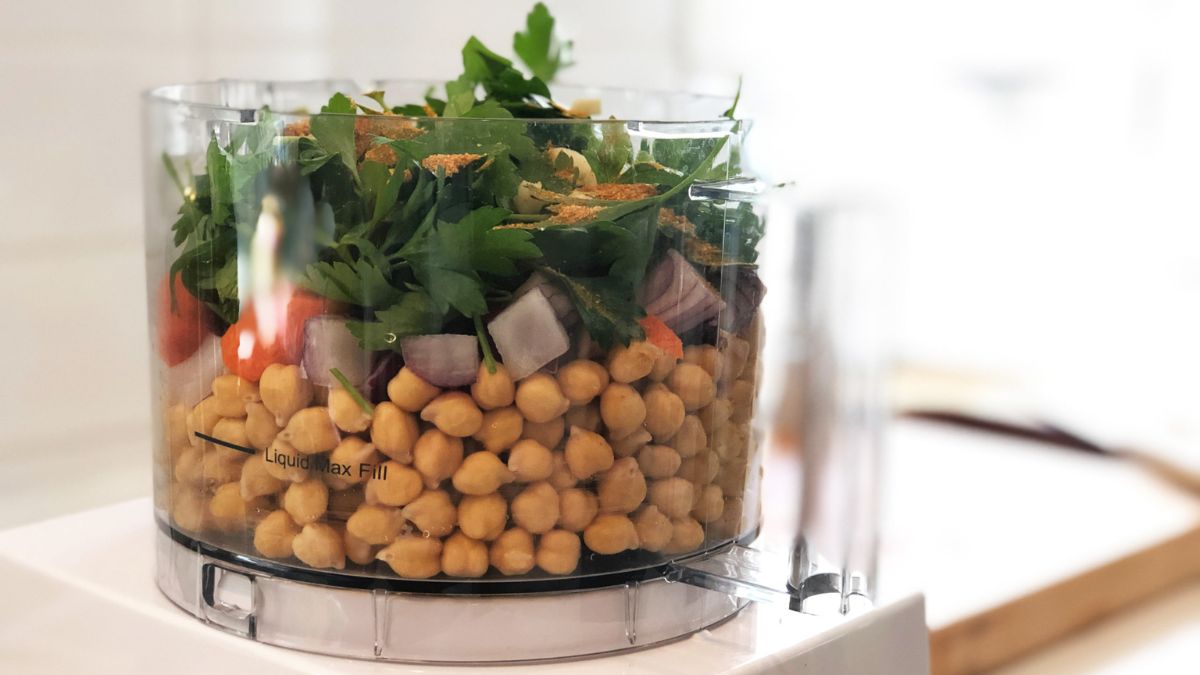
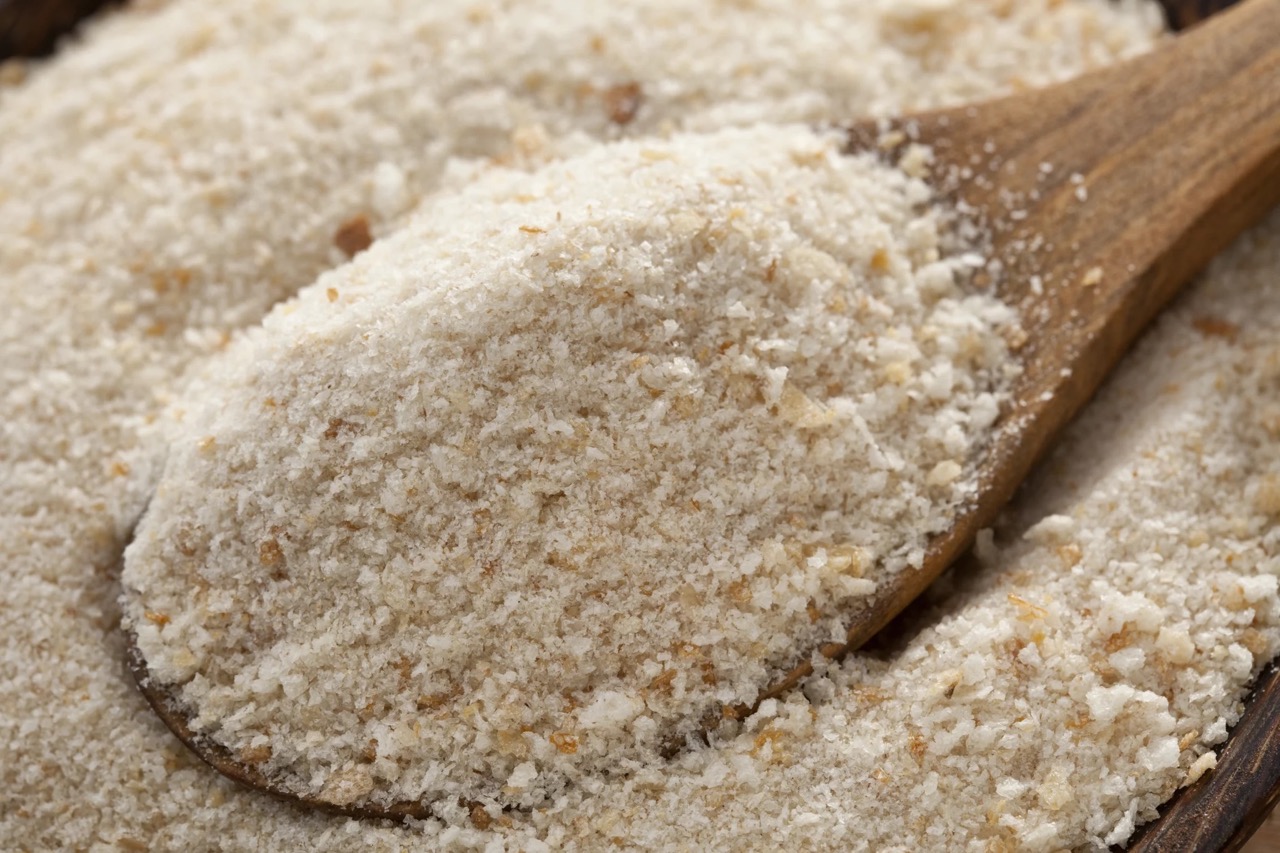
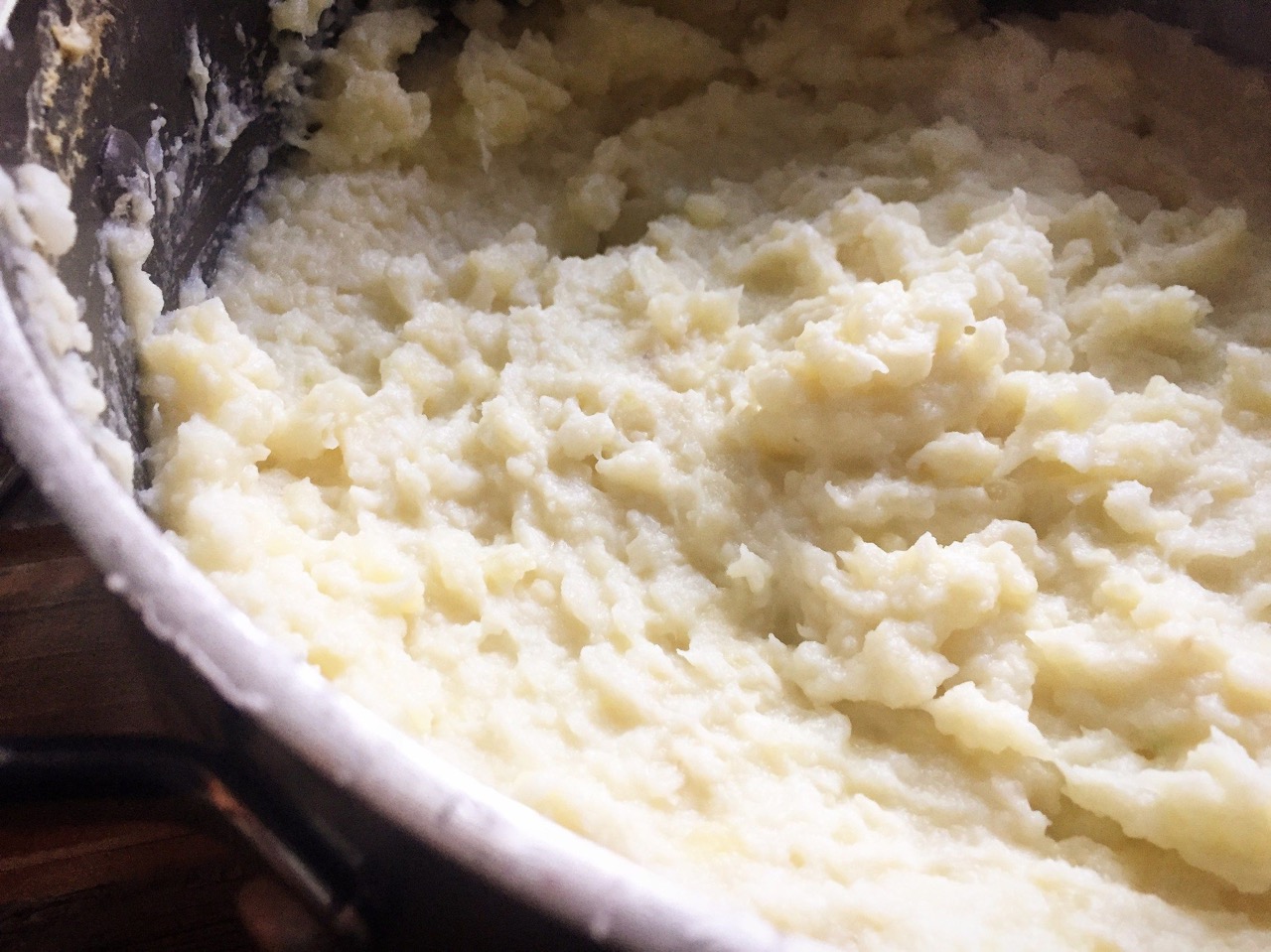
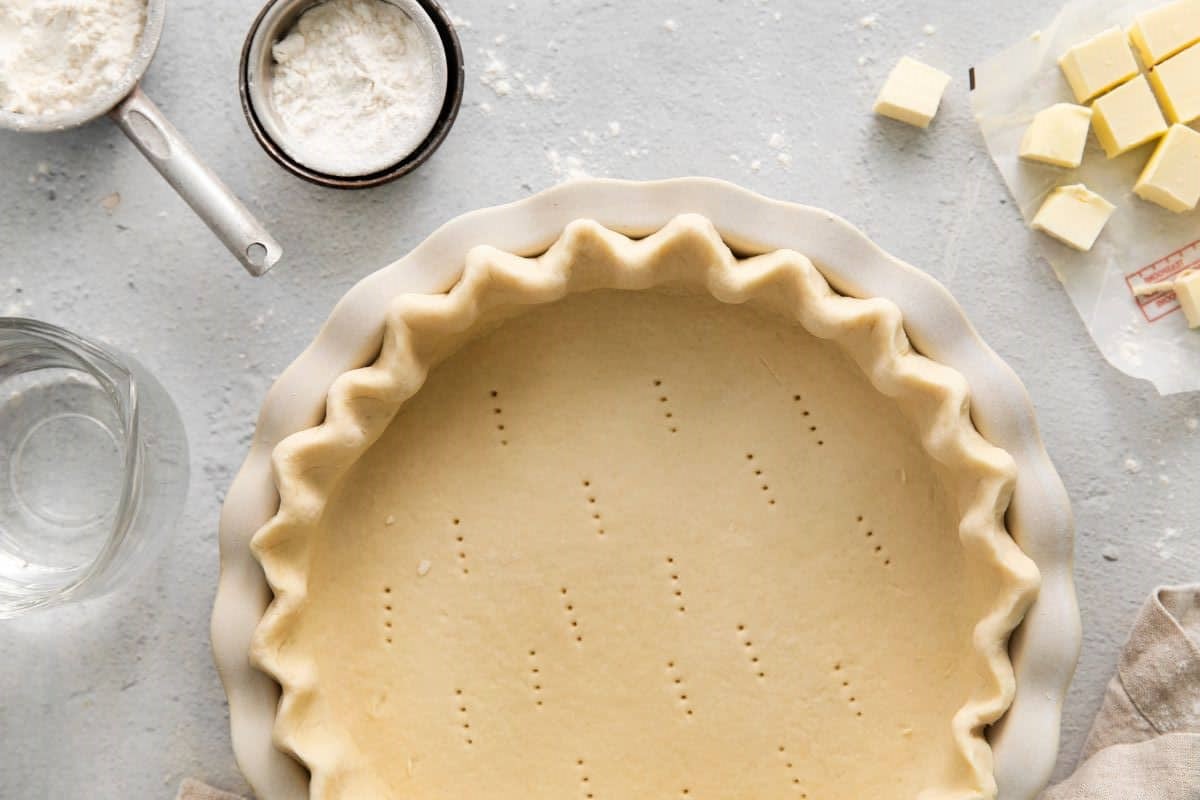

0 thoughts on “How To Pulse Food Without A Food Processor Or Blender”